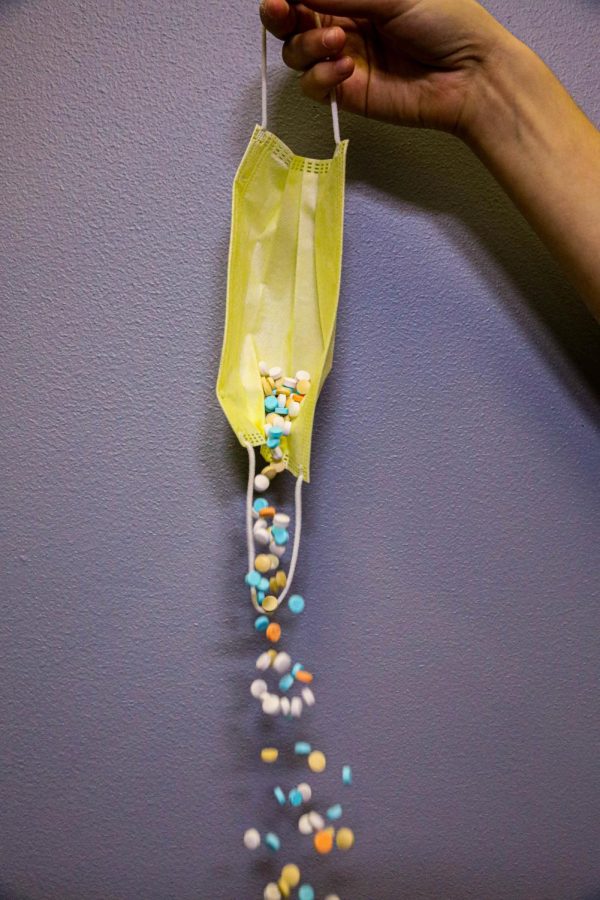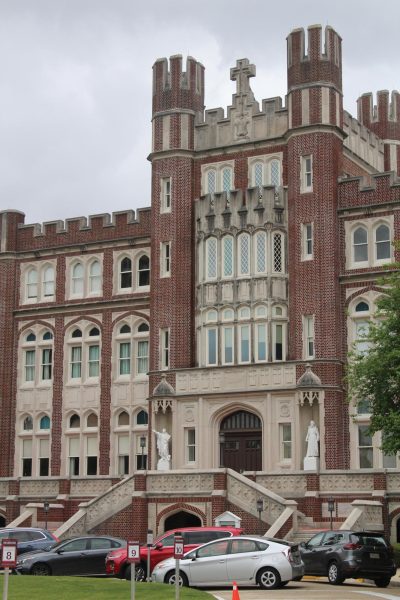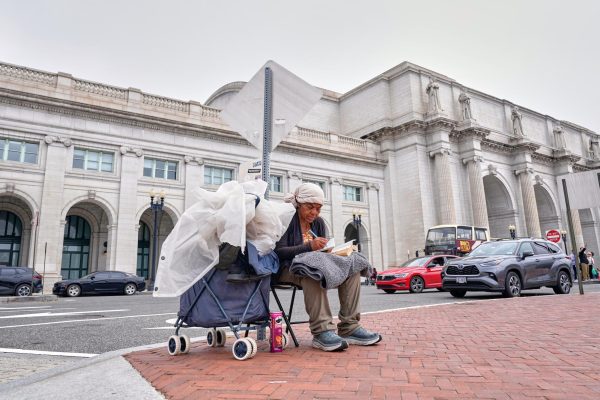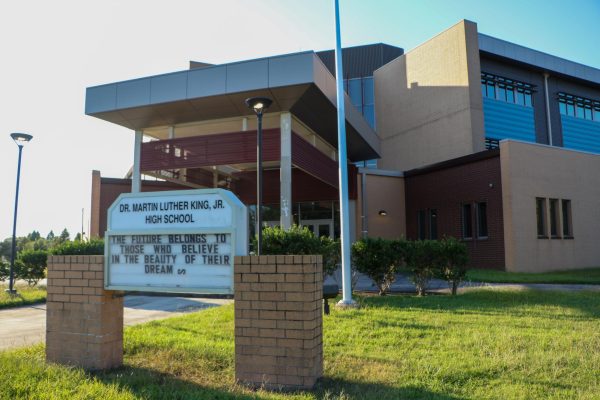The COVID-19 pandemic triggers a rise in opioid cases
The COVID-19 pandemic has run parallel to another problem facing the nation — the opioid epidemic. The number of deaths caused by drug overdose has increased in every state over the course of the pandemic, according to the American Medical Association.
The opioid crisis first gained momentum in the 1990s as doctors prescribed a great deal of OxyContin for pain relief, said Rachel Rados, professor of Loyola’s “Opioid Crisis in America” course. Many pain clinics, also known as “pill mills,” were shut down during the 2000s, forcing hundreds of thousands of individuals already addicted to turn to street opioids like heroin and fentanyl, Rados said.
Opioid overdose deaths were on the rise in the U.S. before COVID-19, with 49,860 in 2019 compared to 21,088 in 2010, according to the National Institute on Drug Abuse. However, there were almost 20,000 more opioid deaths in 2020 than 2019 at 69,710, a 39.8% increase, according to data from The Commonwealth Fund.
While there are many reasons people develop opioid dependency, some take them to deal with emotional stressors, according to Rados. Rados said many of these stressors, like job insecurity, isolation, and concern for family members, have been amplified by the pandemic and its disruption of daily life.
Dr. Emily Brumfield, attending physician at the Ochsner Department of Emergency Medicine, said opioid use is linked to pain.
To the body, all pain is the same whether it be emotional, psychological, or physical, Brumfield said. She said without the proper tools to deal with all that pain, people turn to a coping mechanism.
“If you can’t manage those things alone, then that causes some people to reach for a substance to numb themselves. Opiates is one of those things,” she said.
For some, opioids are prescribed to combat a physical pain after things like a surgery or a bone breaking and then become difficult to stop using after a few days, Brumfield said.
“There’s also people for whom existence is a lot of pain,” she said.
Brumfield said that when a person’s basic needs aren’t being met their risk of relapse also increases.
The COVID-19 pandemic is causing an increase in emotional and financial stressors, including a lack of access to financial and treatment resources.
Brumfield thinks lack of resources go hand-in-hand with those who have turned to drugs to cope with the stresses of the pandemic. What resources people have are “very much restricted to those that have the ability to pay,” she said.
“Obviously poverty is a big predictor of emotional distress and physiological distress and pain and so we’re not serving the people that need it the most in our society,” Brumfield said.
As most businesses had to pivot to remote work, so too did treatment centers, according to Rados. She said many of these centers tried to offer online treatment or drastically limited in-person meetings, but in-person treatment is critical for those suffering from addiction.
“Majority of those going through this dependency need to be somewhere in person at first, to make that connection with the providers and programs and truly get ingrained into it,” Rados said.
The rise in overdose deaths during the pandemic has shown the need for accessible essential services as well as more prevention and response programs and resources, according a CDC press release.
Louisiana offers some resources to those struggling with addiction. Individuals suffering from opioid addiction can access resources and talk to a live crisis specialist by contacting the statewide network, according to louisiana211.org. This can be done by texting OPIOID to 898-211 or calling 211.
The Advisory Council on Heroin and Opioid Prevention and Education was created in 2017 to combat the opioid crisis in Louisiana, according to the Louisiana Department of Health. Part of the health department’s plan to deal with the crisis is to “provide options instead of opioids,” like acupuncture and electrical nerve stimulation.
There was also an Opioid Mobile Outreach Team formed in Baton Rouge in 2020 that utilized a repurposed ambulance to take resources on the road in response to the local effects of the opioid crisis, according to The Advocate.
Rados said the way out of this epidemic should be a joint effort between treatment centers, government, the health department, law enforcement, and hospitals.
She stressed the need for more government funding for these efforts. With more money, the health department can provide basic health needs and resources to communities with high rates of addiction, according to Rados.
“We can make a difference by partnering with all of our community resources and stakeholders,” she said.
Rados said a city partnership would give law enforcement officers the opportunity to recognize addiction and get these individuals help, rather than turning them over to the criminal justice system.
Hospitals can provide overdose patients with counseling resources after stabilizing them “to start that path to recovery right in the emergency room,” according to Rados.
“Addressing the underlying issue of the opioid dependency is how to fix the problem, but we must figure out what that issue is for each individual first,” Rados said.

Madeline Taliancich is a senior at Loyola University New Orleans studying theatre arts and journalism who grew up just half an hour outside the wonderful...











